A sustainable toy is one which is made from renewable, natural materials and involves a manufacturing process which does not pollute the environment, release carbon or greenhouse gases, and at the end of its life, is able to biodegrade.
Why Sustainable Toys Make A Difference
In a world increasingly suffering from the devastating consequences of environmental destruction caused by human activity, sustainability and looking after the natural world is essential if we wish to provide the generations to come with a healthy, green, and peaceful future. Sustainable or non-sustainable choices are made by all of us every day, both manufacturers and consumers alike, across all industries, including the toy industry.
The global toy industry is vast, millions of toys are produced each year and sold throughout the world to support the demands of a growing population – the choices made by adults when purchasing toys for children indirectly have huge impact on support for initiatives towards conservation and sustainability. As with any type of industry, supply only exists where there is demand – unsustainable manufacturing of toys will continue to thrive as long as consumers buy such products. This makes it paramount for toy consumers to make educated choices, fully understand where the products have come from and what was involved in the manufacturing process. Whilst a lower price tag may be tempting, it is often an indicator that the product was produced in an unstainable manner, detrimental to the environment as well as local communities.
The toys we choose for our children are important – play is an essential part of child development and a natural impulse in all children, regardless of their ethnic or social background. Children should always be given the time and space to play properly, both alone and with other children and what they are play with, makes a difference not only to their development, but also to the planet.

Are All Wooden Toys Sustainable?
Whilst wooden toys may appear to be a greener choice, they are not all manufactured equally and although wood is a natural product, this does not guarantee sustainable harvesting.
Making Ethical Choices
Awareness of how to buy sustainable wood is growing due to widespread campaigning against illegal logging and deforestation, and although all wooden products benefit from being potentially recyclable and biodegradable, it still very much up to the consumer to check if the wooden product is from a certified sustainable source or not.
It can be difficult at times for consumers to try and decipher if the product they are buying has been ethically and sustainably produced, however, the number of organisations seeking to make more ethical choices and ensure that their products are sustainable, is growing. In most cases, such companies are keen to inform their consumers of this and typically display a greater level of transparency, clearly labelling all the materials used - the type of certified wood used and its origins. Non-toxic paints and glues are also likely to be be listed, as well as any additional information regarding ethical policies on supporting local economies and eco-systems.

What Are Toys Made From?
Most toys are typically made from plastic, wood, or metal, albeit less so from the latter. Wooden toys have a history dating back several hundred years, some research even suggests they date back as far as the stone age. Wooden toys can be made from a number of different types of wood, including Ash, Beech, Walnut, Birch and Rubberwood trees, amongst others.
Plastic is made from fossil fuels, in its most basic form, the process involves the chemical bonding of oil and gas molecules, which are then moulded into numerous different forms some of which are highly durable. Most types of plastic, however, do not biodegrade, taking hundreds if not thousands of years to break down into smaller pieces.
Toys containing metal are more likely to be marketed at older children – metal is well suited to making intricate components for scaled down replicas of aeroplanes, cars and helicopters etc. Its hardness makes this a less popular choice of material for toys aimed at younger children, who are more prone to accidental injury as well as putting things in their mouths.
Repurposed Wood & The Toy Industry
Repurposed or reclaimed wood is used for a range of applications, including toys. Using reclaimed or repurposed wood decreases the demand for harvesting virgin wood from forests, as the wood has already been used for another purpose and is essentially being upcycled and given a new life, rather than being destroyed or left to biodegrade.
Repurposed Rubberwood For Toys
Repurposed Rubberwood is becoming an increasingly popular choice for toy manufacturers looking for sustainable solutions. The Rubberwood tree originates from South America, but due to extensive Rubberwood plantations, it can now be found in the tropical regions across the globe from Africa to South East Asia. Rubberwood trees are primarily cultivated for their production of latex - a soft white, milky substance found beneath the bark of the rubber tree which is widely used across various industries. Latex is harvested by tapping the bark, this non-destructive method allows for continual production of latex, until the rubber tree reaches the end of its natural productive lifecycle, generally around the age of about 30 years. In previous generations once the trees had reached the end of their natural life cycle, they were destroyed, often burnt – releasing more carbon into the atmosphere - in more recent time however, initiatives have been taken to repurpose the rubberwood once it is no longer commercially worthwhile to tap the tree.
Rubberwood is a type of hardwood benefitting from attractive aesthetics and outstanding durability, it is easy to work with and benefits from very little shrinkage making it a popular choice in the toy industry as well as in furniture manufacturing, kitchen accessories, flooring and the construction industry.

Le Toy Van’s Commitment To Sustainability
All of our toys are made from repurposed Rubberwood trees – which have reached the end of their natural latex producing lives and made into toys rather than being burnt and contributing to greenhouse gases. Our toys contain a minimum amount of plastic and we are working towards a plastic free ambition by sourcing new biodegradable, plant-based materials to replace the small amount of plastic used in the range. Toys are hand decorated using non-toxic paint and glue.
For many years now, we have worked closely with local communities, supporting their ethical practices when sourcing the Rubberwood trees, whilst ensuring that for every tree re-purposed into a toy, a replacement is planted. This helps to support and maintain the local economy as well as ensuring that the eco-system is maintained. Our toys have the ICTI Care Seal and are ISO9001 accredited. We are also avid supporters of a number of charities and conservation projects across the globe including One Tree Planted – a non-profit environmental organisation dedicated to global reforestation. With One Tree Planted, we plant trees across Asia, Africa, Latin America and North America.
Le Toy Van is dedicated to finding ways of reducing its carbon footprint and impact on the planet and have a zero-waste ambition which we are progressing towards. All energy supplies to our London HQ have now been switched to 100% renewable sources. For more information on our products or our policies, get in touch today.

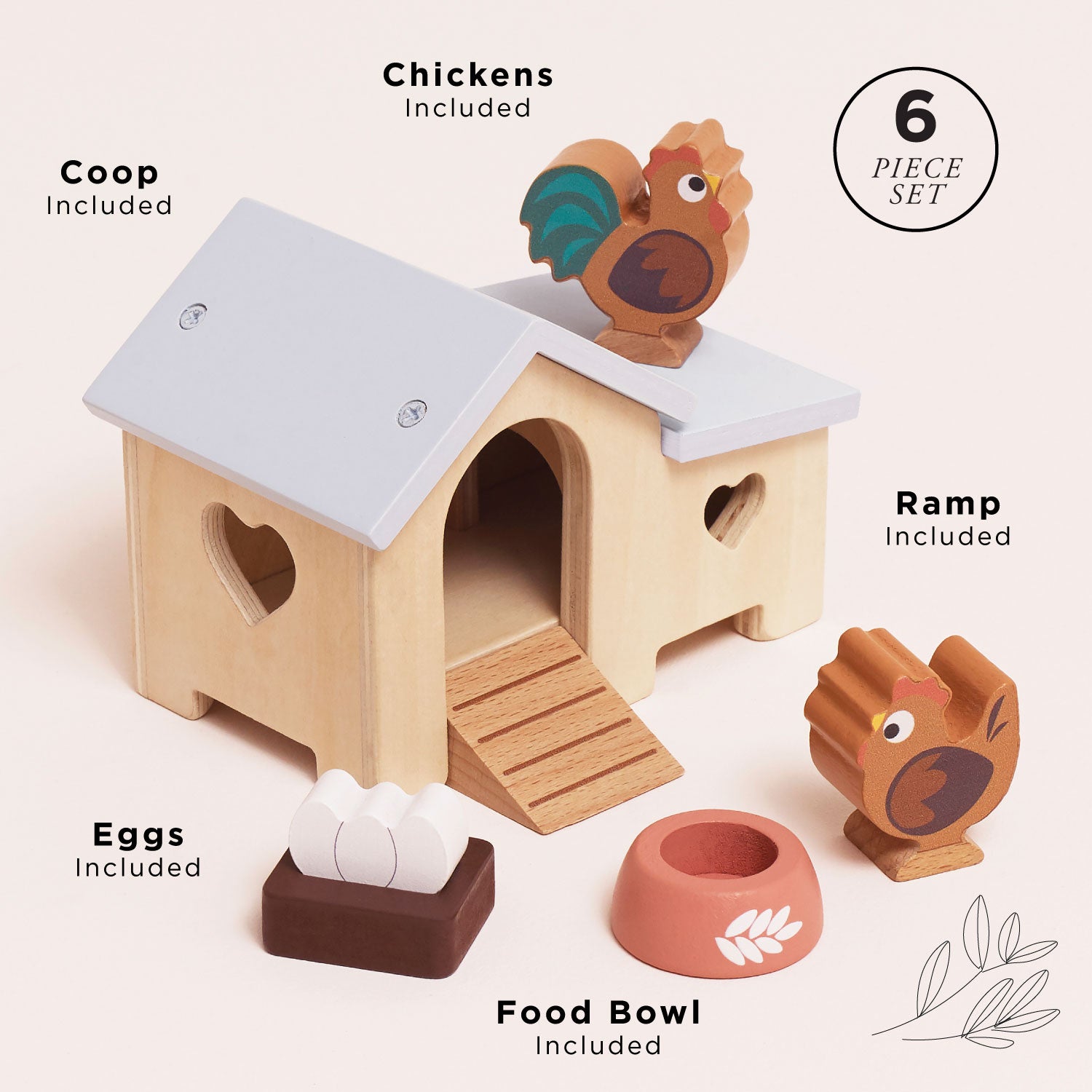
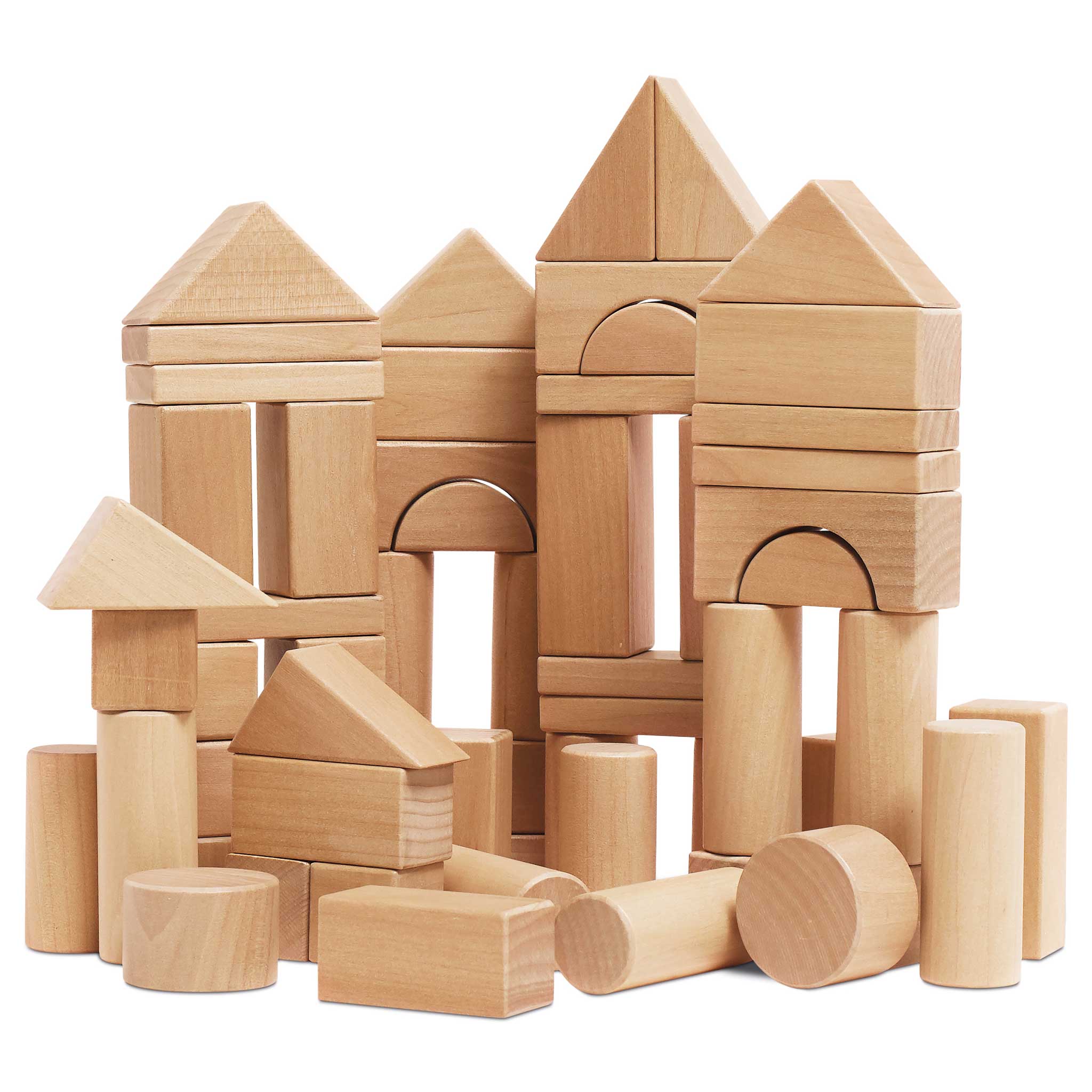


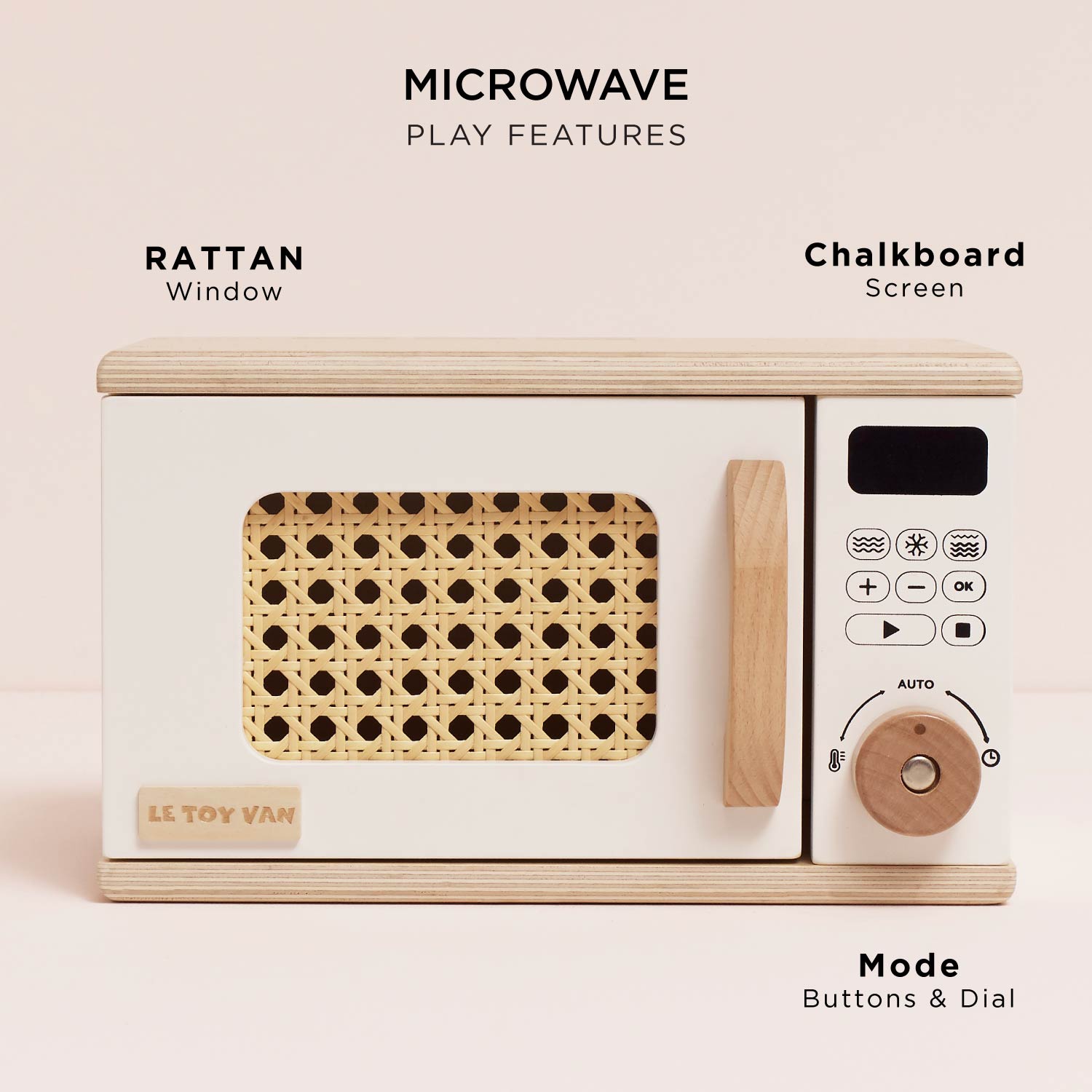
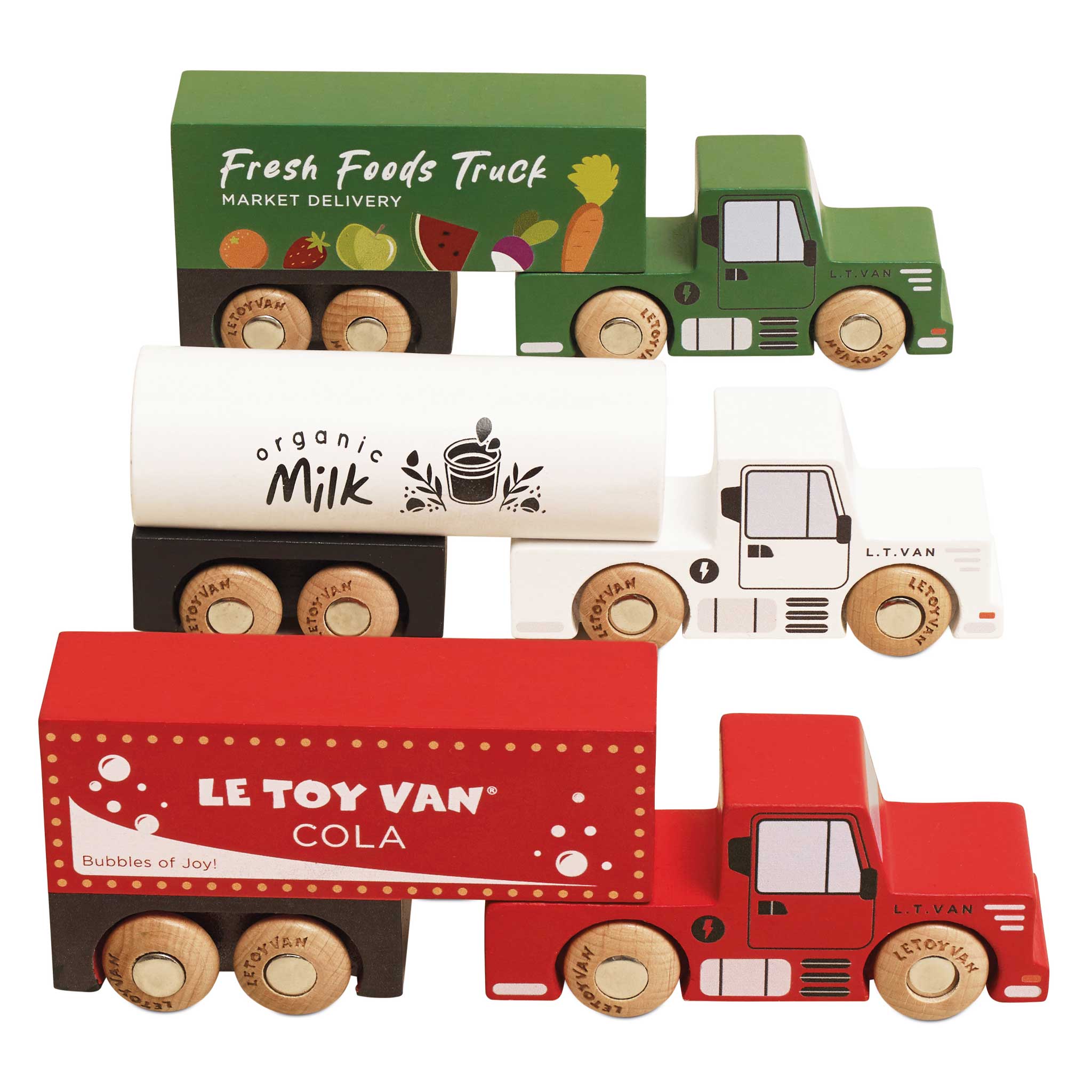
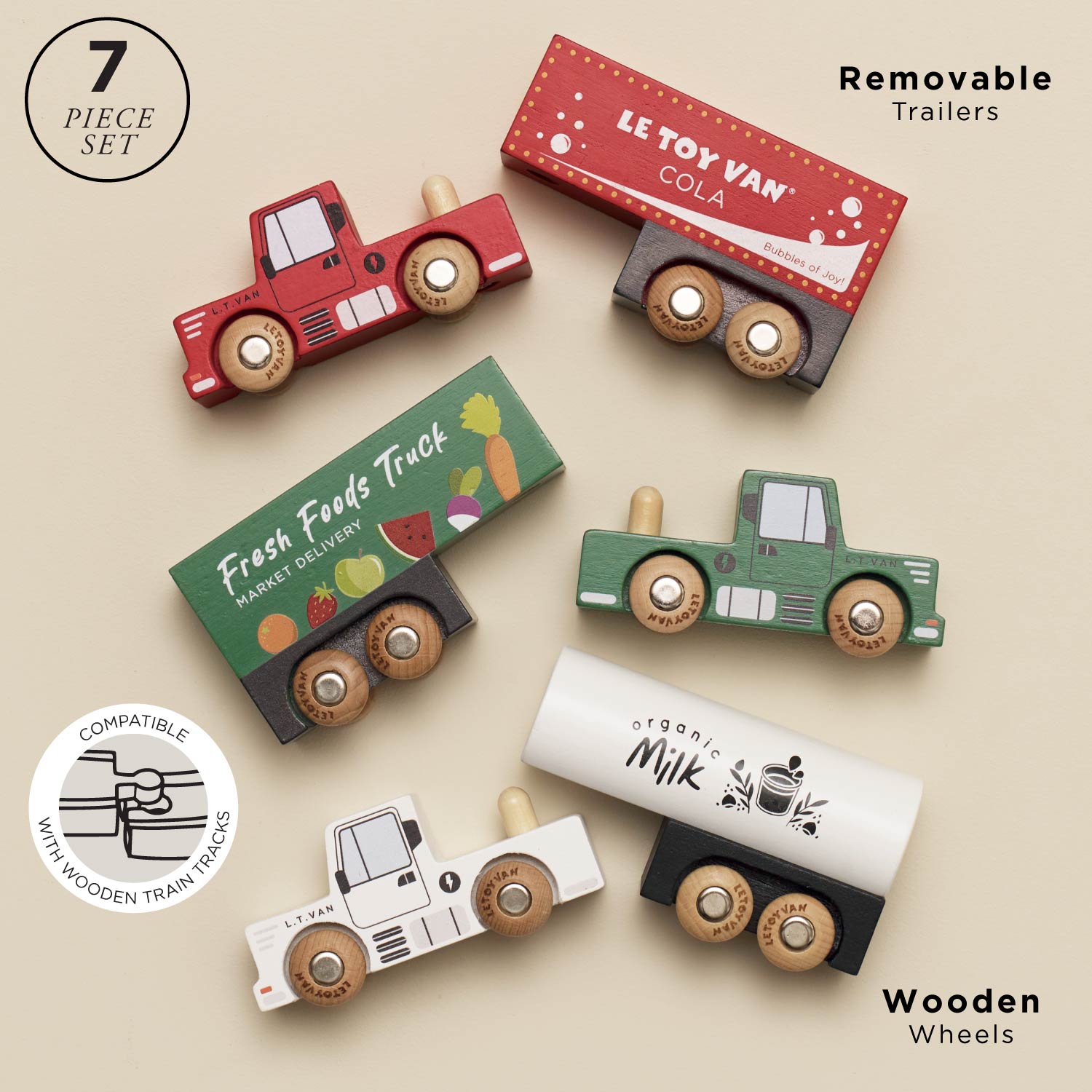



Share and get 15% off!
Simply share this product on one of the following social networks and you will unlock 15% off!